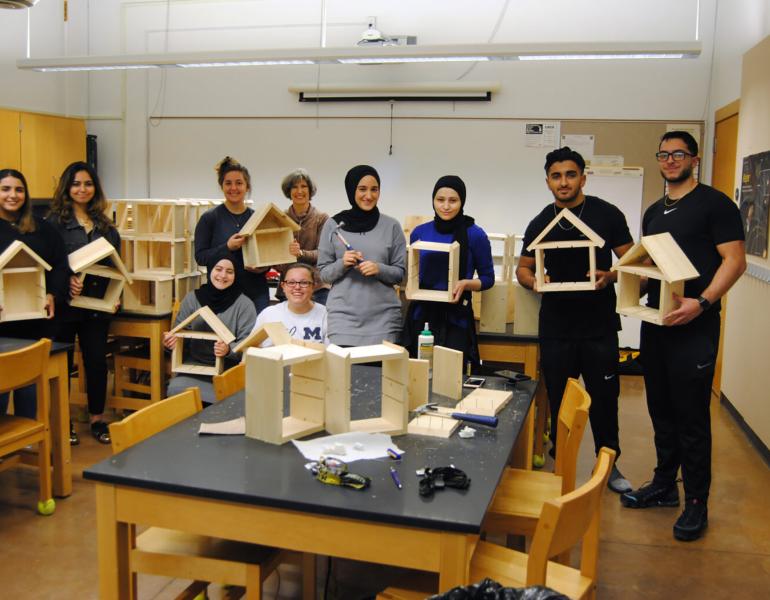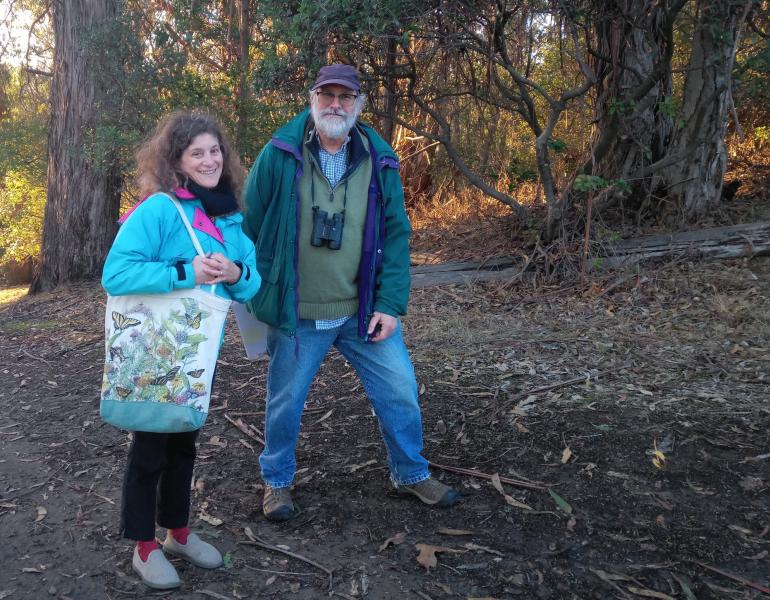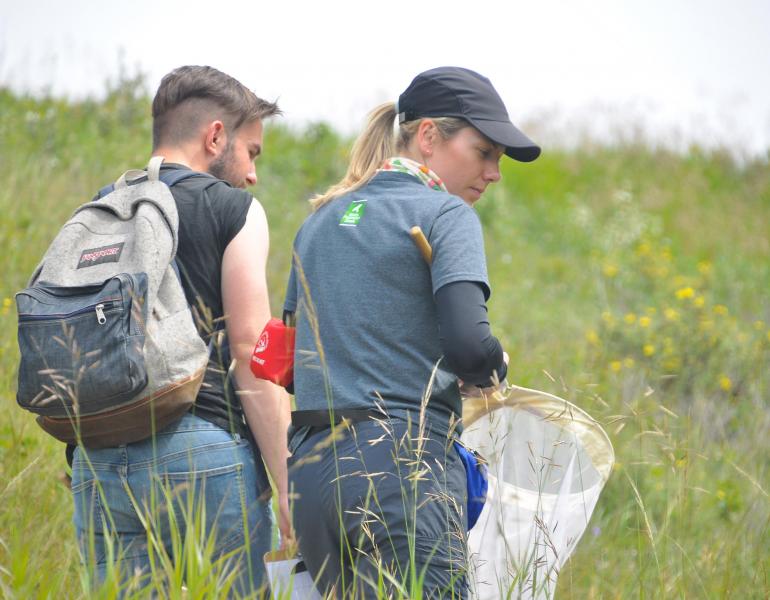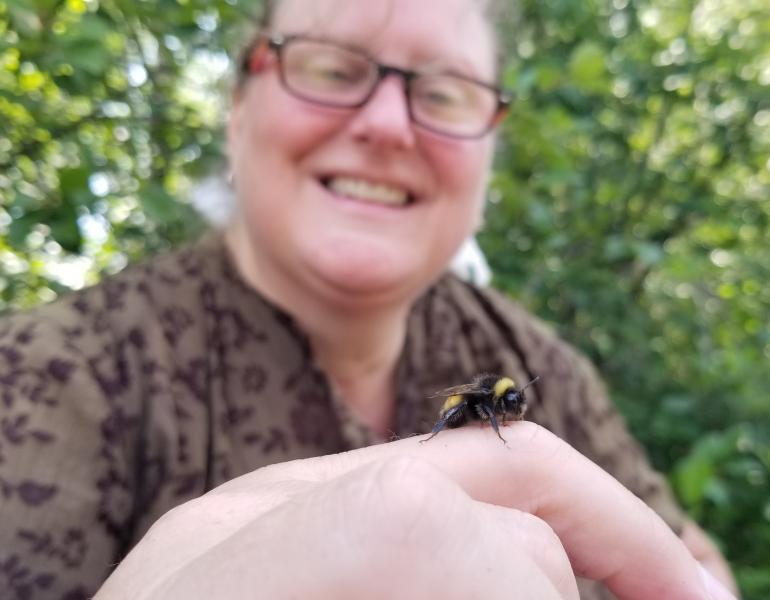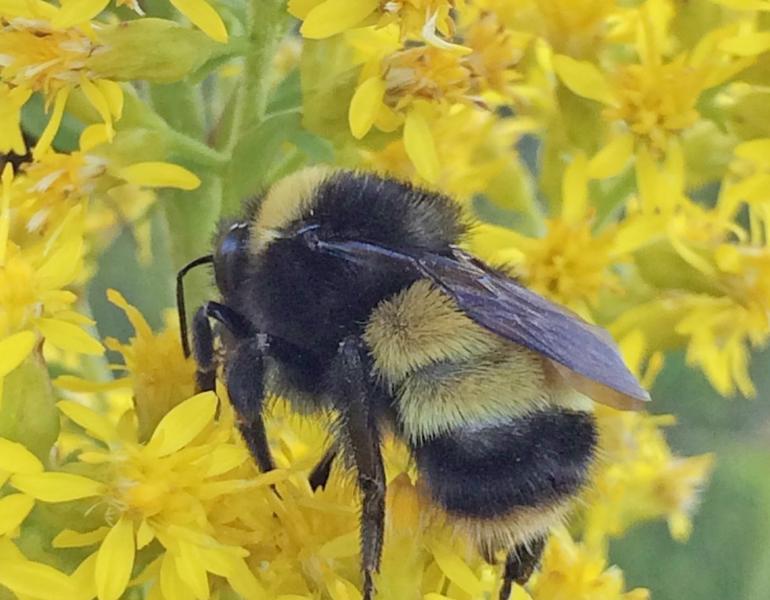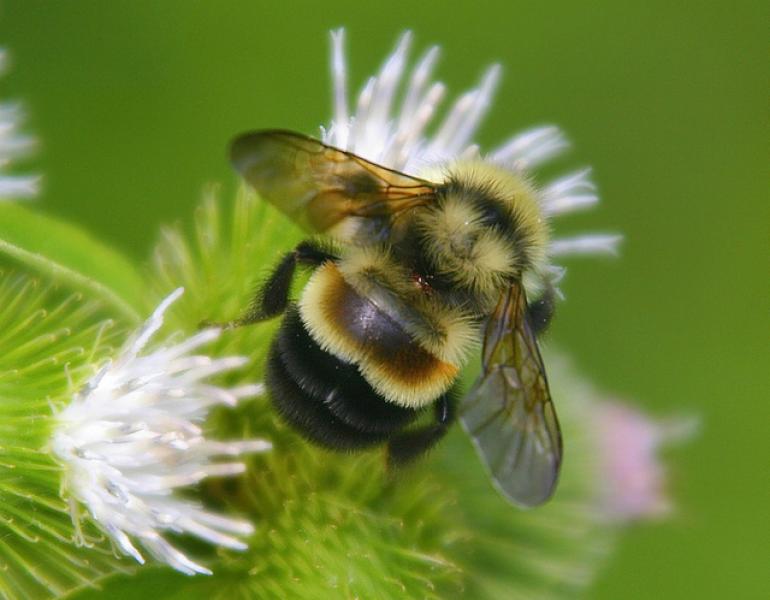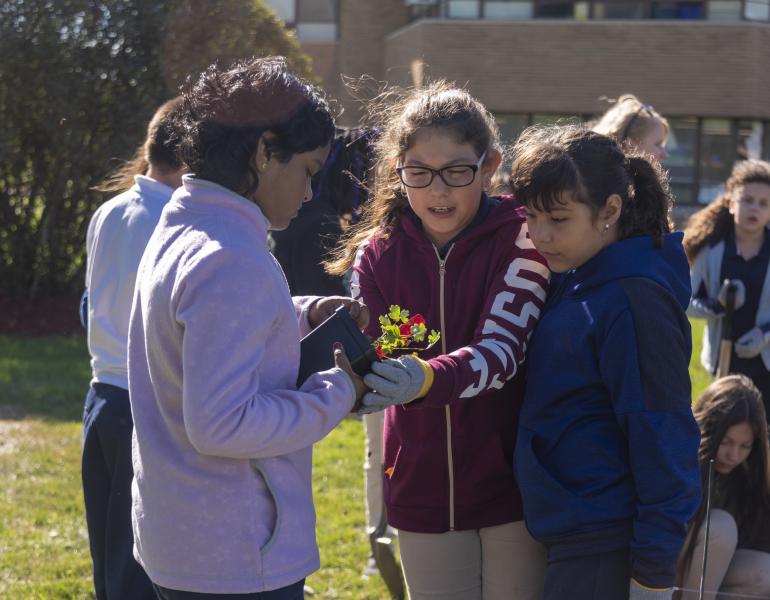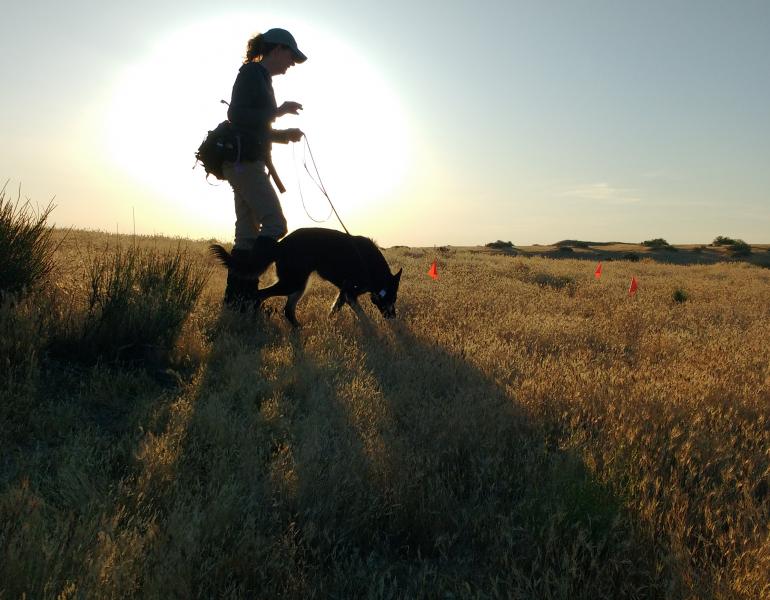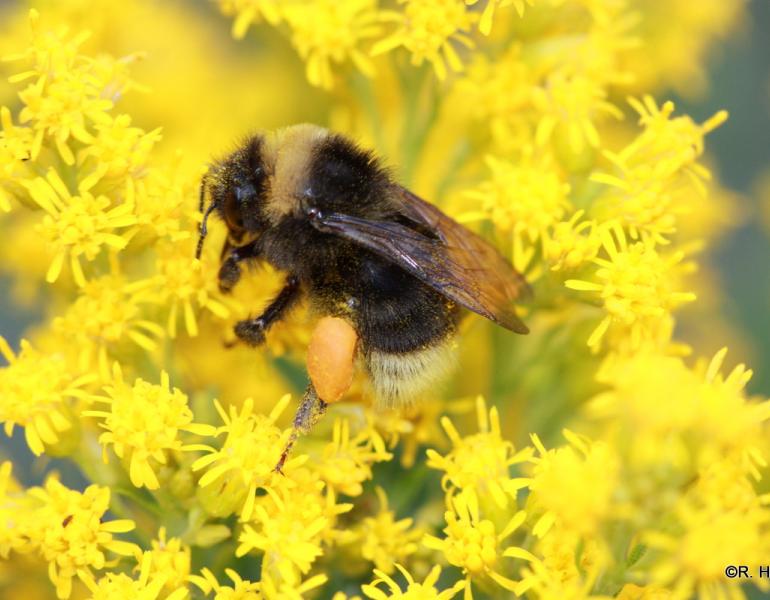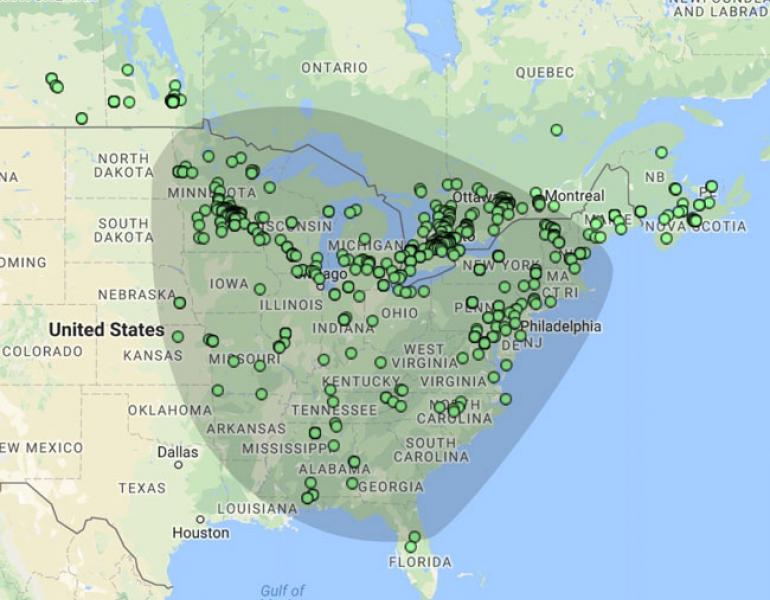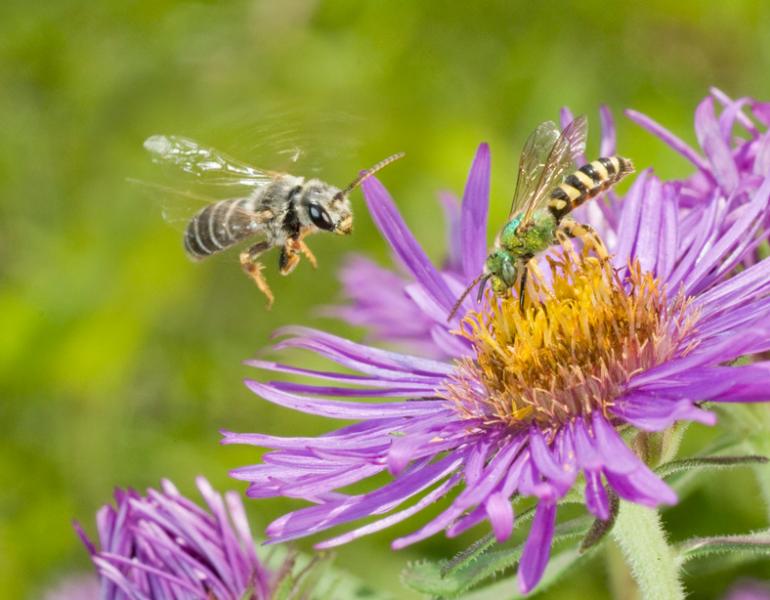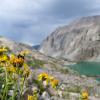Pollinators are in decline, but what can a small or medium-sized university or college do to help? As it turns out, plenty. The University of Michigan-Dearborn has an outsized, long, and rich tradition of promoting environmental education and sustainability, especially in regards to pollinators—and in autumn 2019, was certified as a Bee Campus USA affiliate.
Guest Authors
Remembering Bill Shepard, a Great Friend of Butterflies
Bill Shepard dedicated his life to helping butterflies. He participated in many annual counts across California as well as the Western monarch Thanksgiving Count. An educator by profession, he also fostered future generations of butterfly enthusiasts.
Arrancando la Primera Iniciativa de Conservación de Polinizadores para el Centro de México
Héctor Ávila Villegas is working to promote pollinator conservation in Central Mexico. He has planned and implemented habitat projects and is engaged in public outreach. This blog is part two of his story.
The Power of The Pinery: Six Years of Bumble Bee Community Science at Ontario’s Pinery Provincial Park
Pinery Provincial Park, near the southern tip of Lake Huron in Ontario, has been the site of Wildlife Preservation Canada’s Native Pollinator Initiative since 2015. Volunteers participating in this community science survey program have created a robust long-term dataset by contributing nearly two thousand species-specific bumble bee observations to Bumble Bee Watch.
Conservación de Polinizadores en Aguascalientes, México
Over the last couple of years, Xerces Society staff have had the pleasure of supporting Héctor Ávila Villegas with his efforts to promote naturalized spaces that function as pollinator habitat and outreach in the state of Aguascalientes, Mexico.
Ann Puddicombe, a Bumble Bee Watch Star
Ann is among the top ten Bumble Bee Watch submitters in North America. She has also given presentations on bumble bees to community groups, conducted her own independent bumble bee surveys, and advised local groups in creating pollinator habitat.
Still Questing for Bee Nests
Did you beat the odds this year and spot a bumble bee nest? If so, we really want to hear from you for York University’s #Quest4BeeNests research project!
5 Ways Wildlife Preservation Canada’s Bumble Bee Recovery & Conservation Initiatives Benefit from Bumble Bee Watch
Wildlife Preservation Canada’s efforts to conserve native bumble bees would be nothing without help from our volunteer community scientists across the country, and without Bumble Bee Watch.
Community Scientists Take on the Cultivar Conundrum
The Xerces Society’s blog post “Picking Plants for Pollinators: The Cultivar Conundrum” highlighted the lack of research on this topic. To help address this knowledge gap, Budburst launched the Nativars research project in 2018.
A Quest for Bumble Bee Nests: The Missing Link
Researchers at York University are recruiting members from across North America for a very important mission. Your assignment, should you choose to accept it: find and submit sightings of bumble bee nests.
Kicking Off Canadian Bumble Bee Watch Training Events!
During this year's Pollinator Week (June 18 to 24) multiple locations in Ontario and Alberta were buzzing with activity, including an assortment of Bumble Bee Watch community-science training events led by Wildlife Preservation Canada.
Surprising Results from a Survey of Bumble Bee Watch Users
This past February, Bumble Bee Watch users were invited to take a survey run by York University researchers to learn more about participant demographics, motives, and confidence with bumble bee identification.
Wildlife Preservation Canada Continues Training “Bumble Bee Watchers”
Begun in 2015 at one location in Ontario, Wildlife Preservation Canada has expanded Bumble Bee Watch citizen science training programs to multiple locations across Canada. The programs are held in areas with historical observations of at-risk species.
Observations by Community Scientists Expand Known Range of the Two-Spotted Bumble Bee
Contributions to the community science program Bumble Bee Watch are expanding our understanding of where species have been - and potentially where they are going.
5 Tips for Better Insect Photography
Natural history photographer Clay Bolt shares his tips for taking better photos of some very difficult to capture subjects.


